Polio Eradication : Understanding Why Vaccination Must Continue
- Par Kimeng Hilton
- 10 sept. 2020 11:45
- 0 Likes
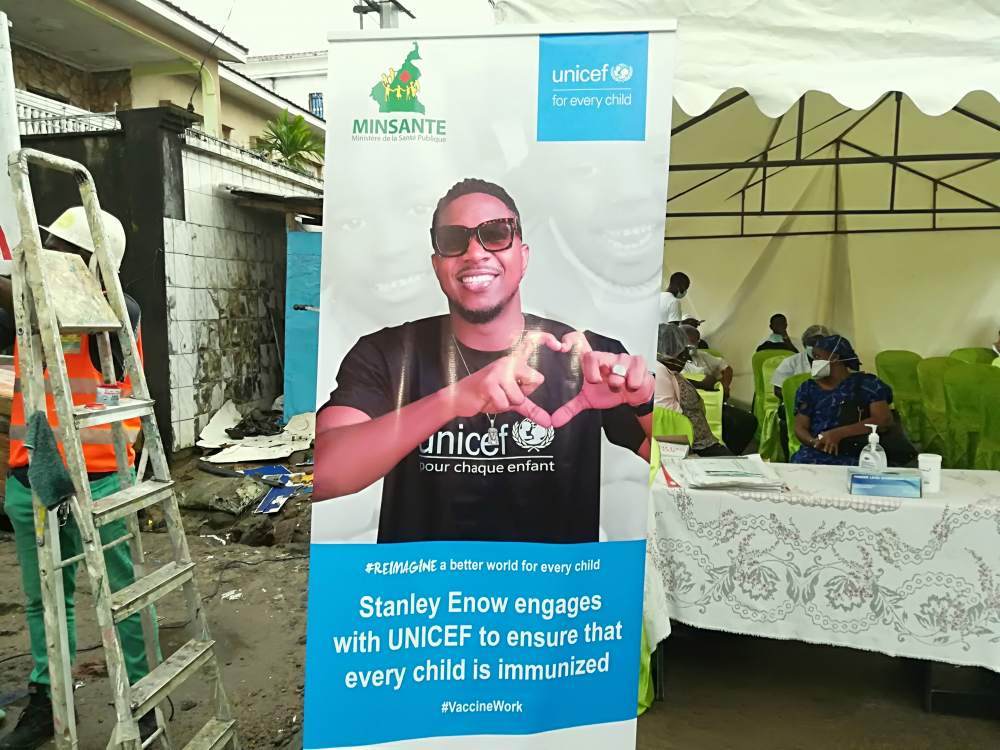
Though Cameroon was declared wild poliomyelitis-free on June 18, 2020, surveillance and immunisation efforts must be stepped up because two other polio types are yet to be eliminated.
The good news of Cameroon’s recent certification by the World Health Organisation, WHO as a poliomyelitis-free nation risks being drowned by the need to continue vaccinating children aged below five years. This is more so because only the wild polio virus type has been eradicated. With two other types still lurking in dirty water. And from time to time succeed in finding host in bodies of vulnerable children, explains Zenabou Simpore, Polio Coordinator, United Nations Children’s Fund, UNICEF Cameroon.
“We have so far had 10 cases of polio since the beginning of 2020, but they were not the wild type,” Zenabou points out. “Volunteers carry out epidemiological surveillance by collecting samples that are regularly tested in our laboratory,” she continues. “They are two types of surveillance – on humans by collecting samples of children’s faeces, and on the environment by collecting biological samples of water from streams where runoff household waste is emptied and people have a tendency to excrete,” she explains.
"If the water contains the environmental polio type and an unvaccinated child’s mouth comes in contact with it, then the virus will be transmitted to the child. The most protected child is one who has received the most vaccines against polio. A child who is vaccinated today can still be vaccinated the following day agai...
Cet article complet est réservé aux abonnés
Déjà abonné ? Identifiez-vous >
Accédez en illimité à Cameroon Tribune Digital à partir de 26250 FCFA
Je M'abonne1 minute suffit pour vous abonner à Cameroon Tribune Digital !
- Votre numéro spécial cameroon-tribune en version numérique
- Des encarts
- Des appels d'offres exclusives
- D'avant-première (accès 24h avant la publication)
- Des éditions consultables sur tous supports (smartphone, tablettes, PC)






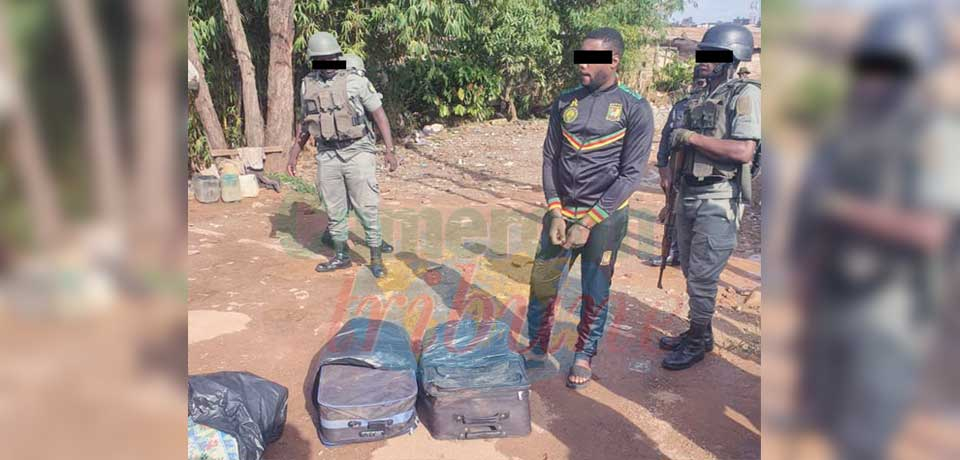
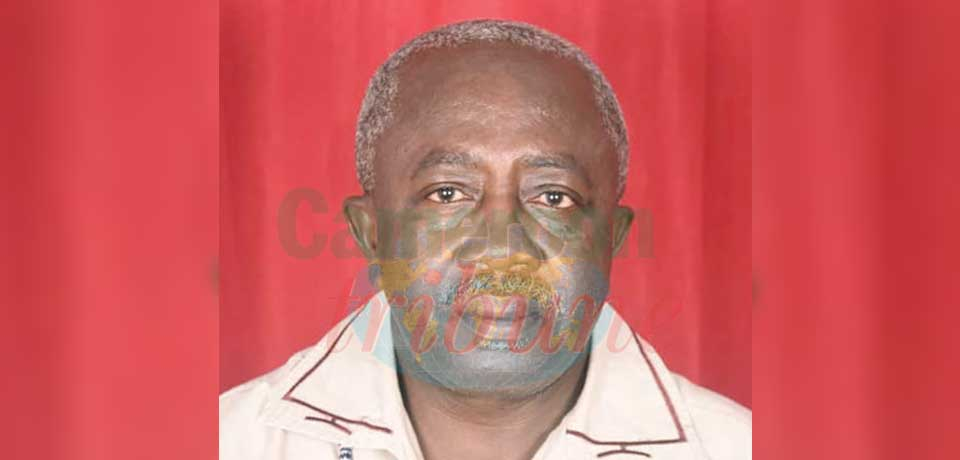

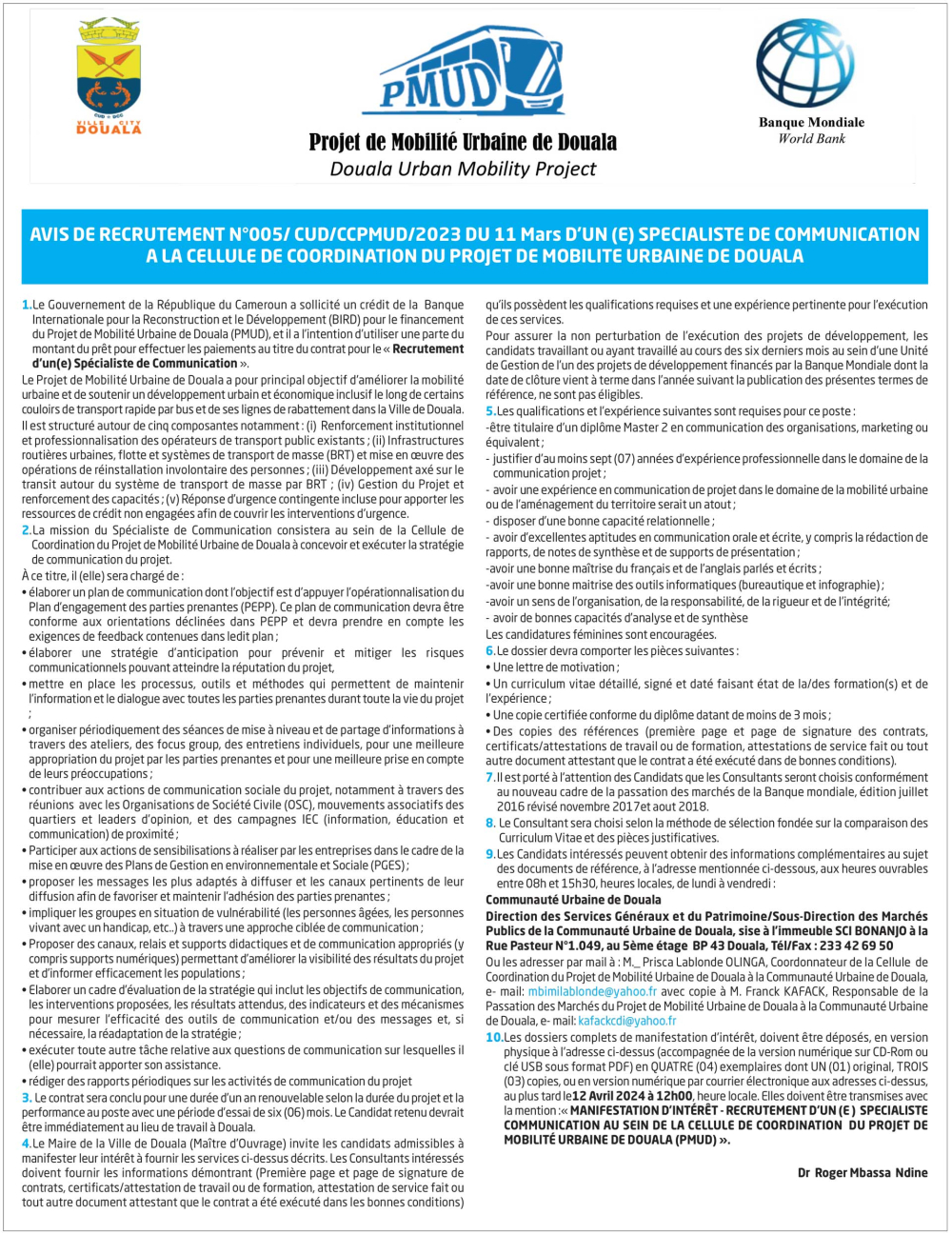
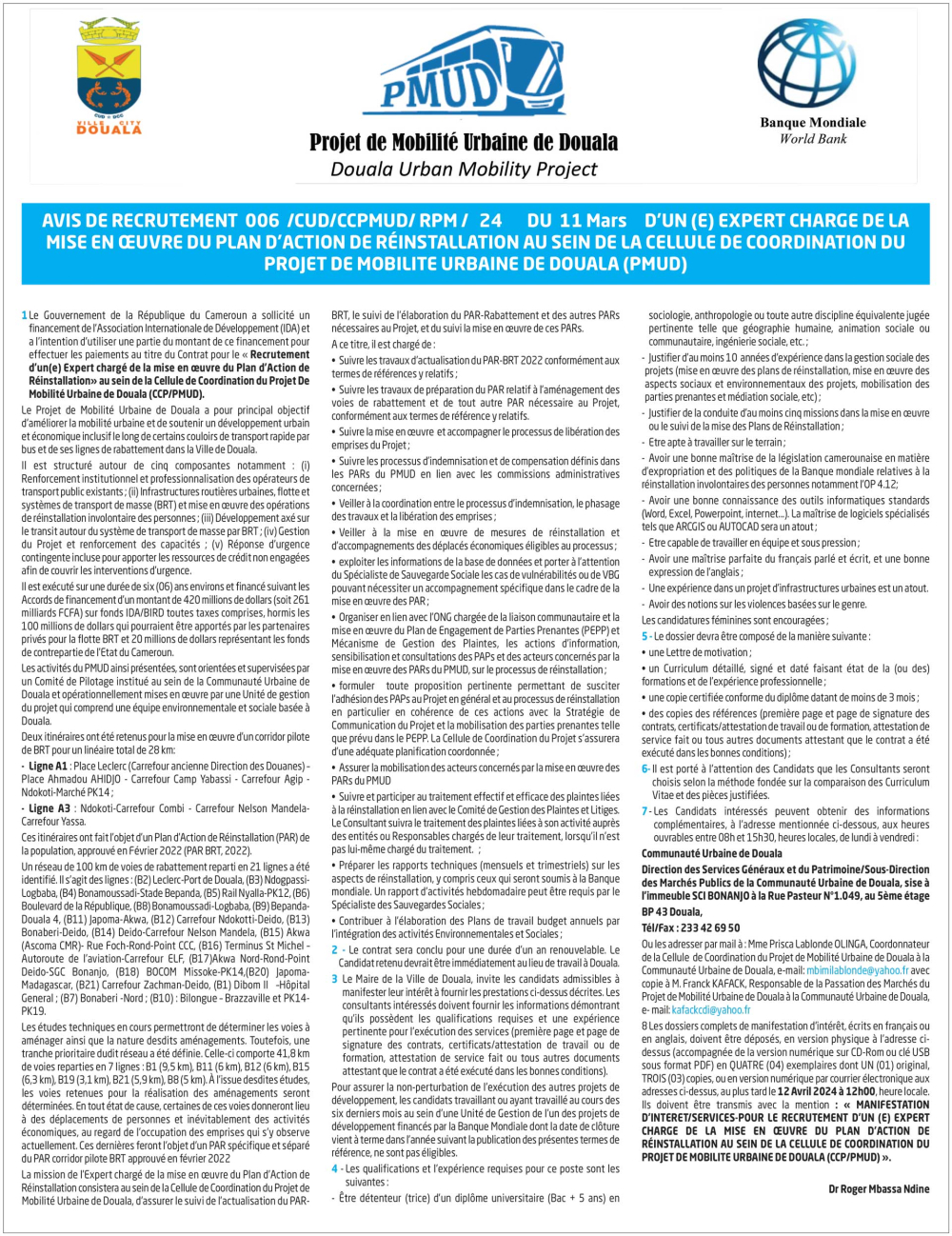
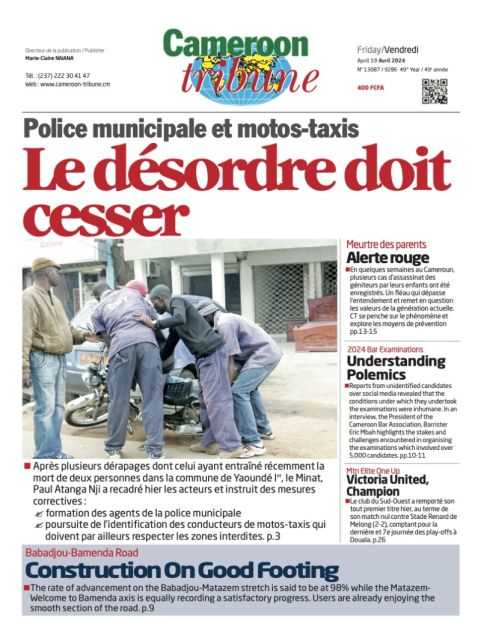




Commentaires